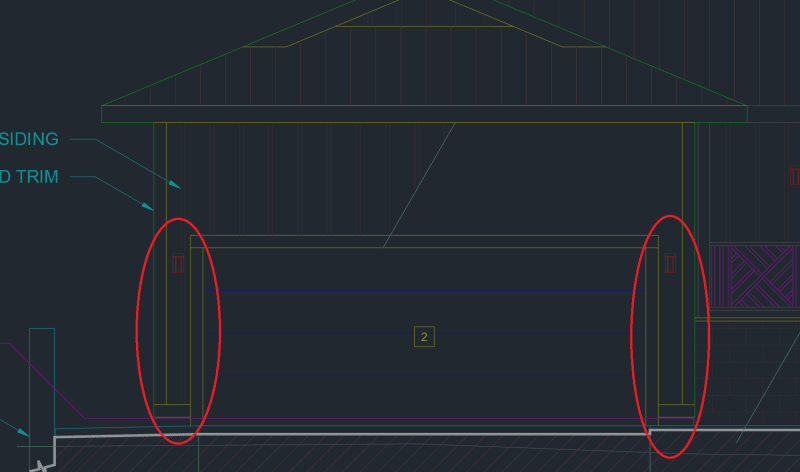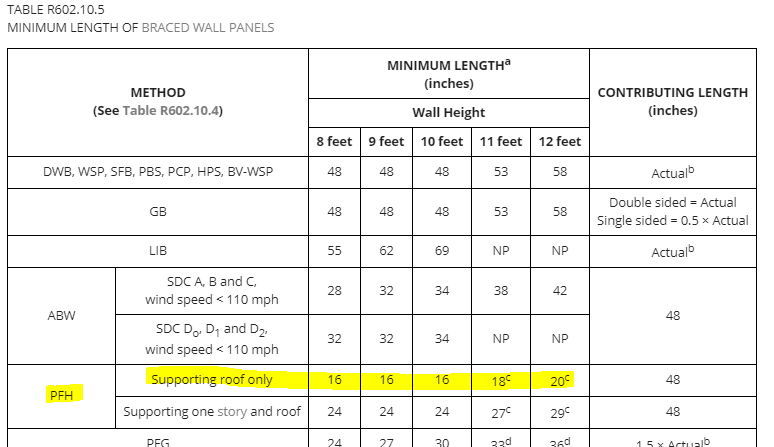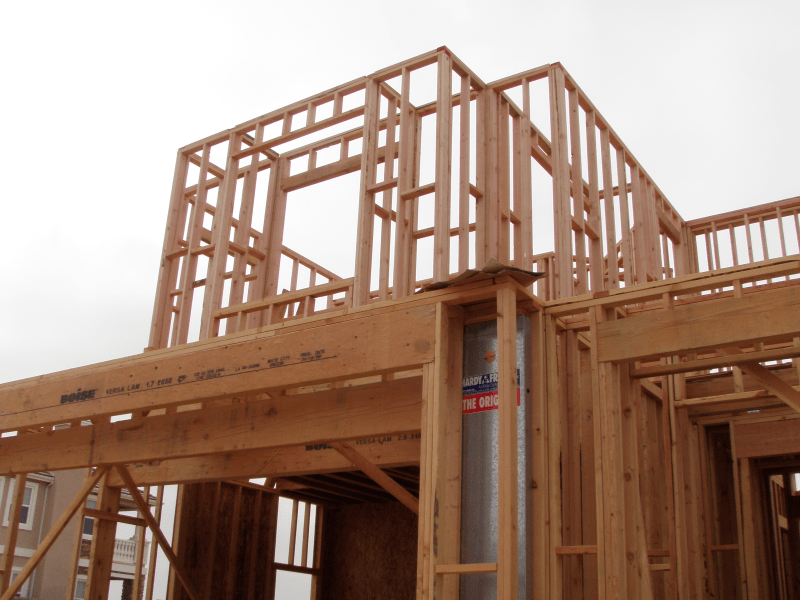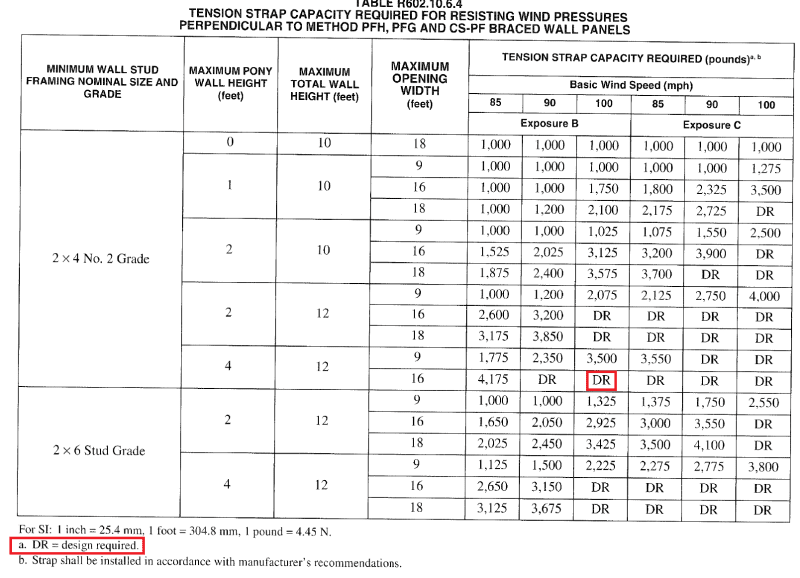Thanks all for the advice.
KootK, Unfortunately, when I run the numbers, even if I were to be able to stretch the shear wall out to meet the 3.5:1 ratio, I can't get a standard plywood cantilever shear wall system to work out. It would have to be a portal frame. Does the 3.5:1 ratio still apply if you are designing as a portal frame? I am unfamiliar with detailing a DIY portal frame but that is what I would like to do. This is what is making the Simpson Strong Wall system more appealing. I certainly don't want to run up the cost if I don't have to. I put a call in to Simpson to try and get some help with detailing and pricing.
Mike, thanks. Luckily for my case getting the strongwall to fit heightwise will not be an issue. The header beam over the garage door is a 12" deep glulam and I can get it to fit with a 7'-1.5" rough in. Furthermore, we have play room above to the jack trusses. What I am unclear about is what are the width dimensions for the Strongwall system? Do these come in set widths?
JLNJ, extending the header beam is what I intended to do if I had to make my own portal frame but I am unfamiliar with how to nail/strap it. Do you know the specific sections of the IRC where they give these prescriptive designs? EDIT: Thanks, found the section for portal frames.






